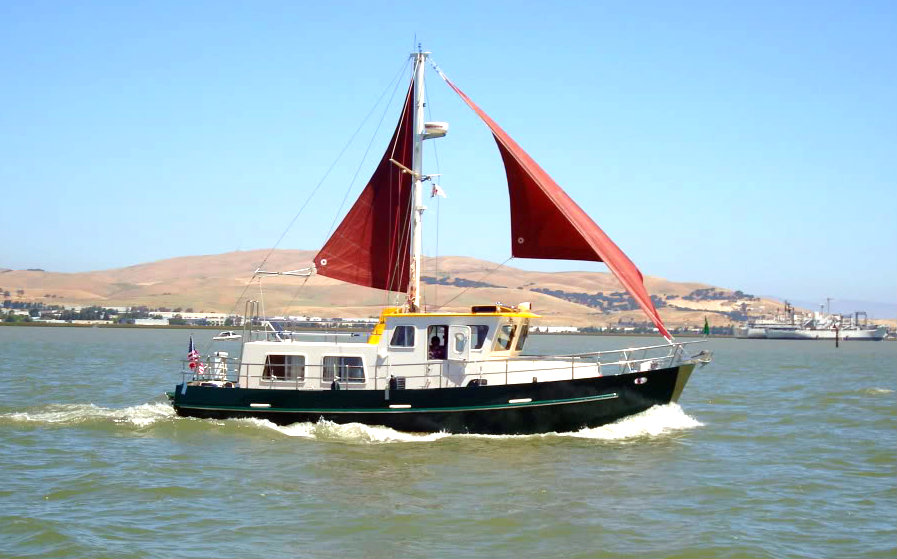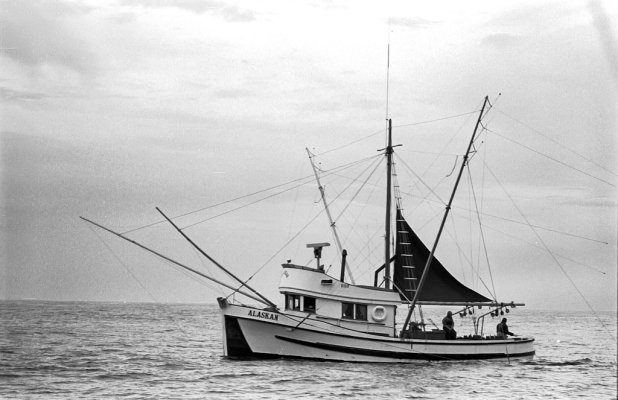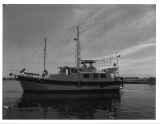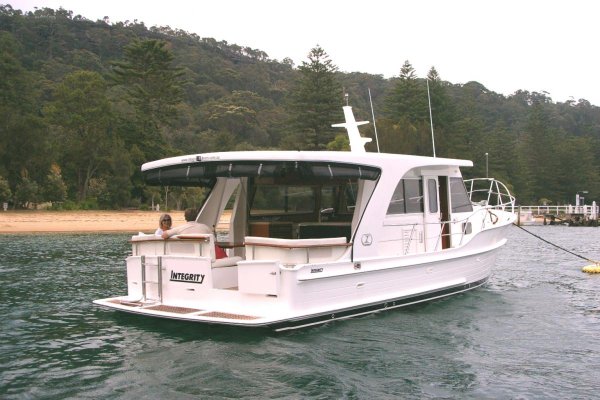Sorry I might be a little late as most week ends I do not reply!
I would prefer that the boat was stable and had a comfortable ride with out stabilizers. if stabilizers were required I would have passive rather than active stabilization. Passive, they do not have to activated and/or they do not move as they are part of the boat, ballast, bilge keels, rolling chalks, keel plates and steadying sail. I would not have active, paravanes and fin., if passive fit the requirement. I am not sure what the new gyro is? I would say more active than passive since they require electricity. If any body is interested I have a packet of stabilization, if you send me your email address.
The Eagle came with a steadying sail, being newbies we tried to sail with it. Needless to say it did not work, and when out and about did not make a noticeable difference. We did use it at anchor once, and it did reduce the swing. The Eagle mast is 2/3 back and the sail is 14 ft X 12 ft, so it acts like a vane. So we would probable only use it when anchoring. I read some place that boats with house/helm close to the bow tend to swing more than the boats with the house further back. Again many of the older long range boats pre 1980, where long and narrow with the house helm back toward the stern. Also the ride is nicer back in the stern than forward in the bow.
The Eagle is stabile as its been up down the pacific coast several time with out stylization. However, being full displacement and round hull she does tend to roll, but the roll is a comfortable roll of 6 seconds. However, I plan on installing bilge/twin keels to reduce the roll but more important to prevent the Eagle from rolling over when grounded. I have grounded the Eagle twice, once on purpose. Being we are planning on heading north to Alaska/BC where the tide swings a 15+ ft and many of the small marinas have tide grids.
As for actual sails some trawler mfg off sails as an option to reduce fuel consumption and increase the range. There is a sister RW 58 trawler converted to a motor sailor as they where planning on going down the East coast to the Canal and up the West coast. the got in a marriage dispute and the last I heard the boat was in Panama? So large actual sail can help. Oh the RW 58 came with a forward sail, so the footing and the stays is still in place.
I tend to believe the old master marine engineers had it more right than the present as they were dealing with low HP engines, and using the length of the boat to maximize speed. Hull speed is the square root of the length, and a narrow boat tend to take less HP.





